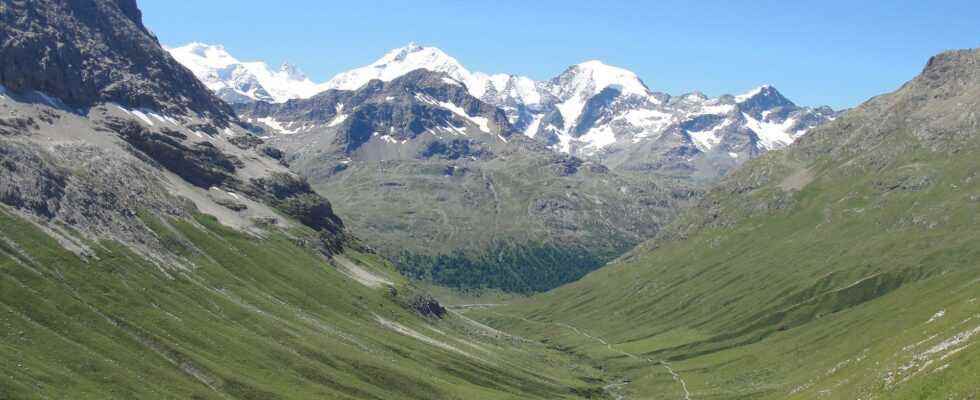Climate change is making the Alps greener – a change that can even be seen from space. This is what researchers around Sabine Rumpf from the University of Basel report. They have demonstrated that the snow cover in the Alps has shrunk over the past four decades and that more plants are growing there instead. The working group writes in the journal Science that this has far-reaching consequences for people and nature.
Hull and her team evaluated data from the “Landsat” satellites, which have been observing the earth for 50 years. The satellites are used for remote sensing and regularly image the earth’s surface at different wavelengths. The resulting images show changes in the snow cover and vegetation. Photosynthetically active plants reflect about six times as much in the near infrared as in visible red light. Calculating the corresponding reflection values results in a measure for the plant mass in the respective area – called the vegetation index. Whether snow is present or not is evident from the readings in short-wave infrared and visible green light.
There is a color change across the board
The “Landsat” images of the Alpine region show: In 77 percent of those areas that are above the tree line, the vegetation has become denser over the past 40 years. At the same time, the snow cover disappeared on 10 percent of the area there. “The Alps are changing from white to green,” the scientists put it in a nutshell. Earlier investigations by other teams had already noticed that the snow layers in the Alps are becoming thinner and thinner: the readings from 800 weather stations show an average decline of 8.4 percent per decade.
© Sabine Rumpf, Université de Lausanne/University of Basel (detail)
high-altitude dwellers | Rising average temperatures, longer growing seasons, shrinking snowpack and changing precipitation patterns are causing mountain vegetation to spread upwards. The picture shows a moss saxifrage (Saxifraga bryoides) at the Swiss Pischahorn.
